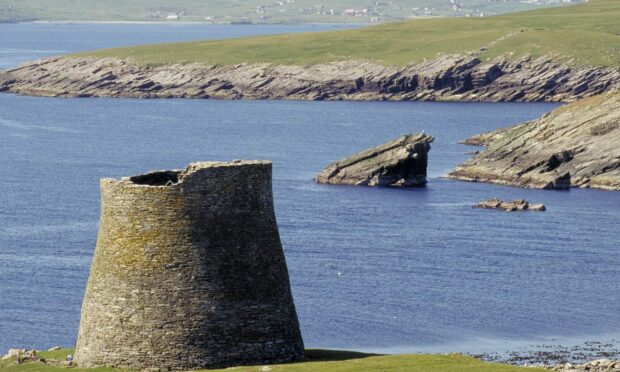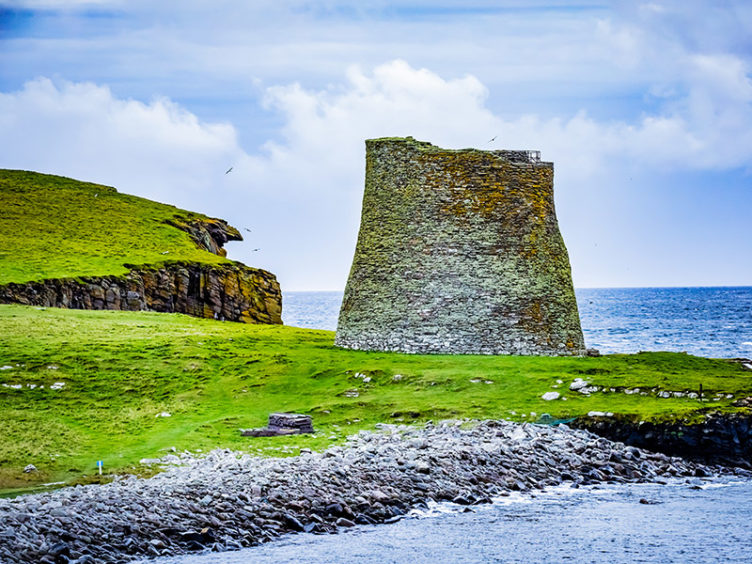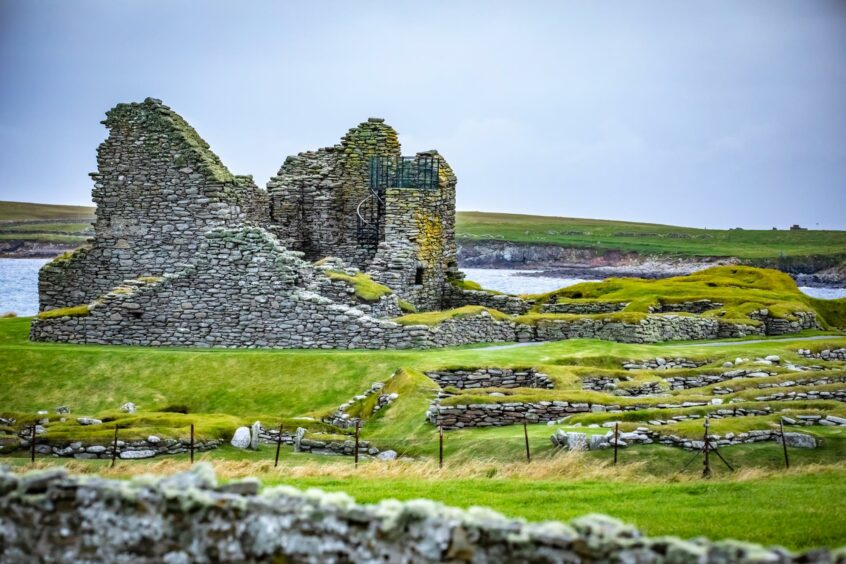Two north visitor attractions have taken leap forward to join the Taj Mahal in Unesco World Heritage Status.
The Zenith of Iron Age Shetland and The Flow Country have been placed on the Department for Culture, Media and Sport’s “tentative list”, along with five other across the UK and territories abroad.
They are in the running to join the prestigious list that includes the Taj Mahal, the Great Barrier Reef and the Serengeti National Park.
The list is published around every 10 years, which sets out the sites it is felt have the best chance of succeeding in being included.
‘Fantastic achievement’
The Zenith of Iron Age Shetland, a collection of three ancient settlements dating back thousands of years, has been placed onto the list.
On BBC Radio Scotland’s Good Morning Scotland programme on Monday, Kenneth McElroy, a broch enthusiast from Caithness, said: “I think it would be a fantastic achievement not only for Shetland but for Scotland to have another site add to the series of sites in the country.
“It is three sites centred around brochs which are uniquely Scottish monuments. Brochs are ancient towers that date back to the Iron Age which is 2,000-2,5000 years ago.
“The three sites are Jarlshof, Scatness and Mousa. With Mousa being the best example of all with 40ft high which for 2,000 years old is not doing too bad.
“I think the Iron Age builders really knew what they were doing when they constructed ancient monuments, they were skilled crafts people.
“After a thousands years or so you would have expected them to disappear. But due to the skill of the craftspeople – they have lasted the test of time.
“They have been protected for the last 1,000 and 2,000 year by people who appreciated them, for example Mousa has been protected by not being a busy place.
“Brochs were dismantled when people needed the stone.
“They were protected by Historic Environment Scotland. Having this extra layer of importance or this award protects them for the future generations.”
Flow Country
Meanwhile, the Flow Country, a large area of peatland across Caithness and Sutherland, is also on the list for its crucial role in supporting biodiversity.
The bid is being submitted by the Flow Country Partnership Project.
In 2019, the partnership submitted a technical evaluation of the Flow Country to an expert panel assembled by the UK Government.
If successful, the two sites would join the 33 other World Heritage sites already based in the UK including Stonehenge and Hadrian’s Wall.
The full list of sites are The Flow Country, the Zenith of Iron Age Shetland, Gracehill Moravian Church Settlement in Northern Ireland, Birkenhead Park, York City Centre, The Little Cayman Marine Parks and Protected Areas, situated in the UK overseas territory and the East Atlantic Flyway a migratory bird route.



Conversation